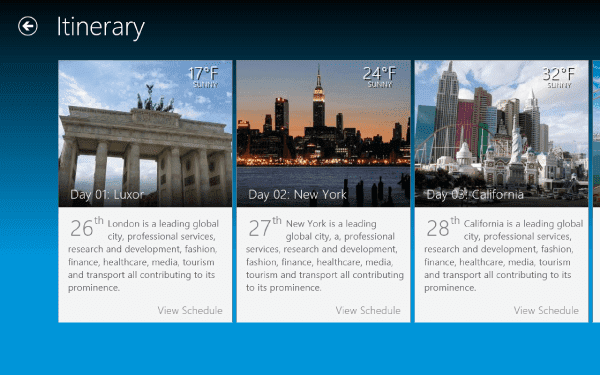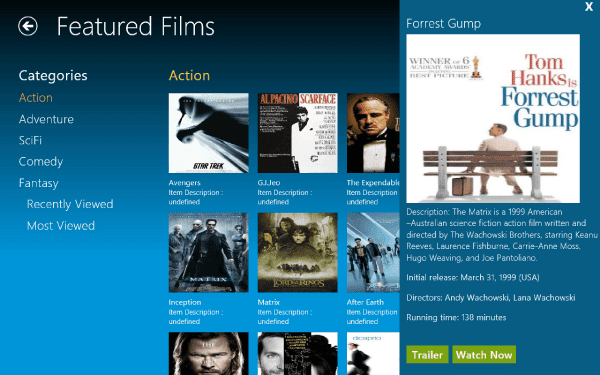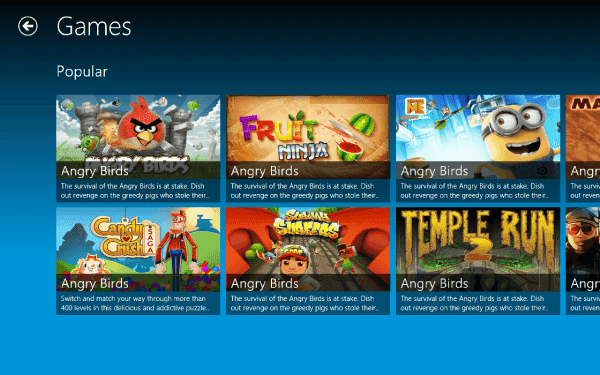Cruise Line App Prototype
The Sales team in the Consumer Travel division contacted us and said they had a meeting with executives from two cruise lines in ten weeks, and they wanted to see what we could do for them in that time.
I assembled a highly skilled team comprising UX, Product Management Engineering and Sales to craft an app that could differentiate cruise lines. The UX team comprised researchers, interaction designers, visual designers, and front-end developers (prototypers).
With no time to actually take a cruise, we interviewed 12 people of different ages and demographics who had taken cruises, and conducted retrospective ethnographic interviews. Rather than asking what they wanted, we walked through their actual experiences preparing for, during and after the cruise. We also interviewed four former customer-facing employees from cruise lines to gather their insights.
As a result of this research, we created an app that could run on a tablet or a smartphone. The cruiseline could hand tablets to high-value customers, and allow all other customers download the app on their tablet or smartphone. All of the information for each customer (per state room) would appear in the app based on their login ID, instead of having to print paper brochures highlighting activities, merchandise, and tours. Activities could also be added to a shared calendar, so everyone in the family knew what was planned and when. By loading the cruise-line application on their own mobile device before the trip began, they could begin reserving activities and events even before the trip started, and even book hotels and other events before the cruise began.
Visual Itineraries, Activity Booking
They would see a visual representations of their itinerary, with links to either onboard activities, venues, meals and shows that they could book and attend, or port-of-call activities, tours and exciting events. For example, a family might want to take a tour in Cozumel. When the tour is scheduled through the app, the cruise line earns a larger commission. When they exit the ship in Cozumel, the app directs them to the location where they would meet their tour director.
Daily Itinerary Screen
__
Photo and Video Scrapbook Curation
As they progress and take pictures and videos, the app tags locations and categorizes the photos into albums for easier curation later (Google Photos API). The API also allows passengers to tag family members, which enables it to automatically label a photo “Sammy having fun at the pool!” or “The family snorkeling at South Beach.” While enjoying activities, the app might also recommend other highly relevant activities that day.
The app would also be tied to the family’s onboard identifier card, which enabled staff to scan their phone or tablet to identify them for purchases.
Photo Album Category Screen
__
Entertainment- Movies and Games
The app would also provide entertainment in the form of movies (with parental controls) and games, including multiplayer games for multiple people onboard the ship.
Entertainment -> Films Screen
__
Entertainment -> Games Screen
__
Shopping
Passengers can of course shop online at any store onboard the ship, and order room service using the app.
Main Shopping Screen
__
Summary
In the end, my Innovation lab created a complete functional prototype that ran on a tablet as though it was connected to a back-end database (it used dummy data via JSON for this demo). Cruiseline executives were deeply impressed that such a large company could move as fast as we did to craft such a highly functional, useful and delightul app that focused on consumer delight, decreased workload for cruiseline staff, and increased revenue. In the end, these cruiselines purchased our ideas and assets and built the apps internally. However, they also purchased our services to train their staff in our LEAN User-centered Design processes. I interviewed their team members, taught a number of courses and led workshops to help them internalize Design Thinking and collaborative methods.




